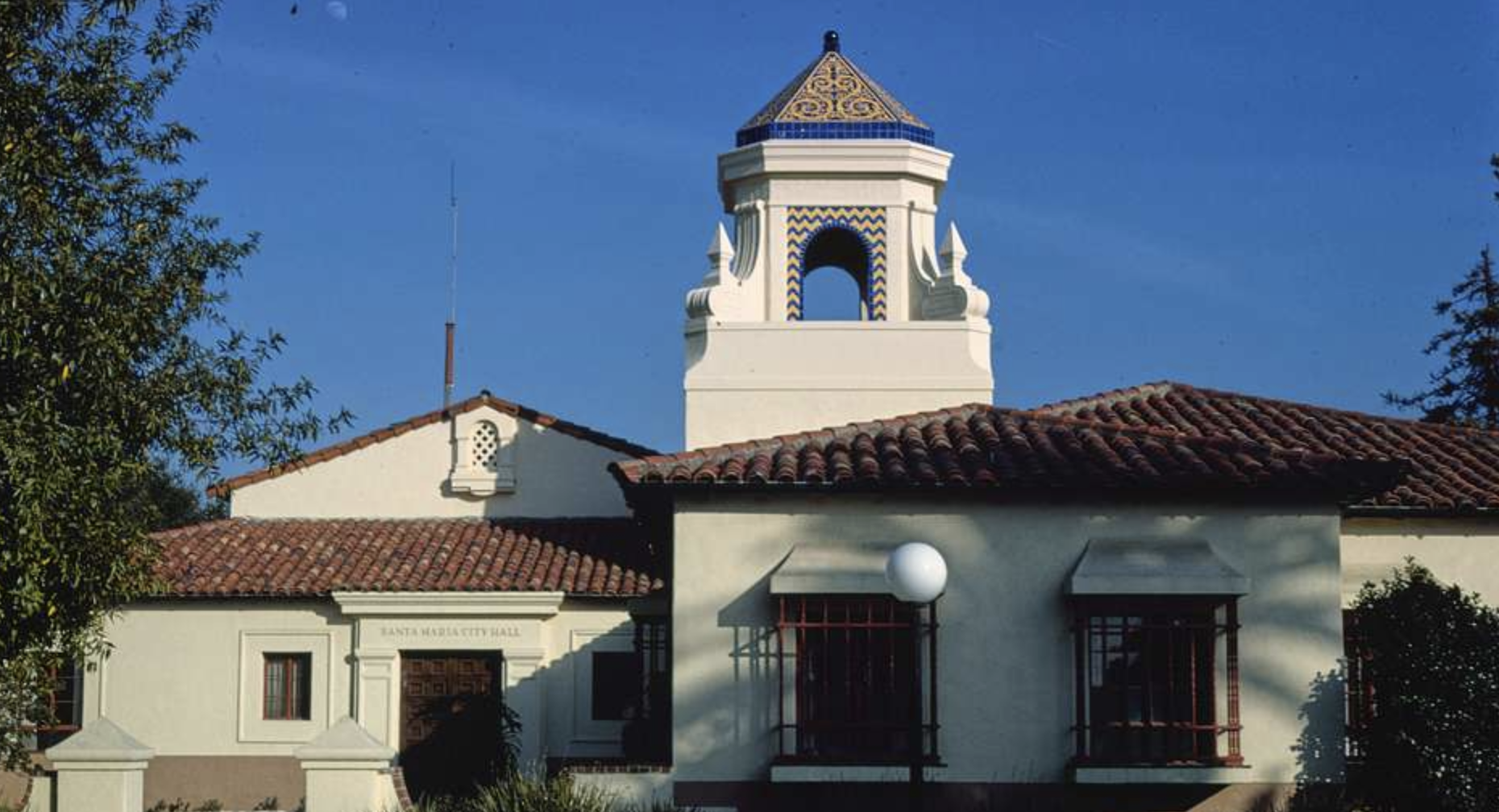SANTA MARIA, CA — As federal deportation efforts cast a shadow of fear in Santa Maria, Tu Tiempo Digital is getting this majority-Latino city engaged.
The Santa Barbara County-based Spanish-language outlet serves over 150,000 residents in and around this Central Coast city where nearly 80% of residents are Latino and just over 40% are foreign-born.
Since founding Tu Tiempo in Santa Maria just before the pandemic, CEO Claudia Caceres has been on the frontlines of informing her community on local news, public health and policy — from promoting vaccine clinics and health resource fairs, to working with a Mixteco parent group in the Santa Maria Joint Union High School District to address social isolation and language needs among families with strong ties to indigenous Mexican culture.
Caceres started building her digital audience by attending town halls and school board meetings and livestreaming them on social media platforms like Instagram and Facebook to get locals engaged in critical issues that otherwise often pass under the public radar due to bureaucratic delays, policy jargon or residents’ work schedule conflicts.
Since the ramped-up federal immigrant crackdowns from January onward, Caceres has been holding in-language video interviews with Santa Maria residents sharing firsthand stories of family members, friends and neighbors detained by Immigration and Customs Enforcement (ICE) through swift, often undercover operations to hold them in detention facilities throughout California and beyond.
In these video reports, Caceres provides a number to report unwarranted ICE activity to the local California Rapid Response Network hotline, and links to related incidents covered by her outlet, which boasts the motto “An Informed Community is a Stronger Community.”
Last month, a state law known as the Transparent Review of Unjust Transfers and Holds (TRUTH) Act — requiring local governments
to hold at least one public community forum annually if local law enforcement provided ICE access to any individual in the previous year — led to a May 6 forum in Santa Barbara County.
“During this event, we organized a protest with 200 people outside the Santa Barbara County offices,” said Caceres.
“Leaders and individuals from the cities of Santa Barbara, Lompoc, Santa Maria, Oxnard, Ventura and San Luis Obispo also gave public comment in support of our immigrant community, which has been affected by ICE arrests and operations outside the Santa Barbara County sheriff’s offices, even though SB 54 prohibits state and local cooperation with ICE,” she added.
At the forum, Caceres interviewed the wife of a man who was arrested outside the Santa Maria sheriff’s office, just after an appointment where he was unshackled.
She explained that this interview showed her audience, including local community organizations, that detention stories like these were not just isolated incidents; the attention has since deterred ICE from arresting more locals outside the sheriff’s office.
Caceres added that “informing our Hispanic community, especially vulnerable immigrant communities” by spotlighting attacks like these can make the difference between freedom and being detained in the shadows for Santa Maria’s immigrant families.
Find Tu Tiempo’s latest news and posts at tutiempodigital.com.





